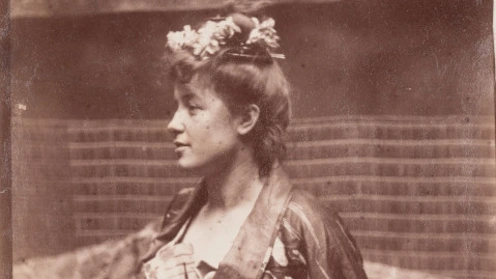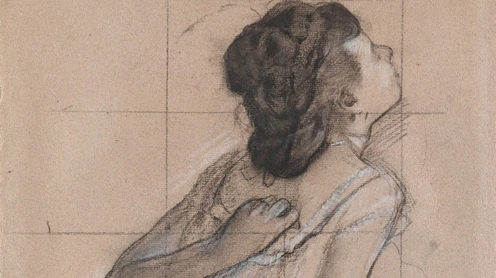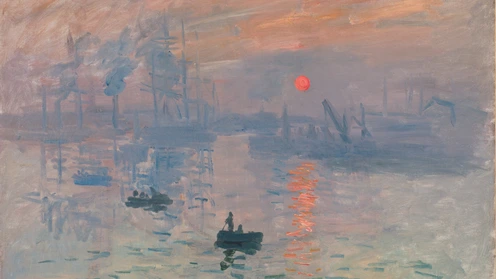At the Origins of Abstraction (1800-1914)

© CNAC/MNAM, RMN / DR
Although it occupies a crucial place in the history of art, the question of the sources of abstraction has never been the subject of a major exhibition in France, despite the country being visited by all the great pioneers of non-figurative painting. The Musée d'Orsay, the programme of which covers the years 1848-1914, is an ideal venue for such an exploration. For far from being an historical phenomenon that appeared brutally in the urgency of a few crucial years, abstraction was the result of progressive maturation all along the 19th century. The purpose of the Musée d'Orsay exhibition is to analyse for the first time the decisive influence of the sciences of vision on the origins of abstraction. It amis to show how, in a physical universe perceived as a "world of vibrations", the birth of abstract art owes much to new modes of vision, in particular to the modern status of the eye, in its close relationships with the other senses. Far from breaking off with reality, abstraction offers in this respect a new, more synthetic translation of the visible world.
The circuit in the exhibition is itself a sensorial experience, a visual journey. It opens with the contribution of the contemporary artist Ann-Veronica Janssens in a bath of light where the spectator can get acquainted with the stages of colour perception. The exhibition then unfolds along two main axes exploring the extent of vision, each covering the period 1800-1914.
The first part, entitled "The Solar Eye", examines the question of the boundaries of the visible. How has the translation of light, from Turner to Delaunay, led painting to free itself from the representation of shapes?
The second part, entitled "The Musical Eye", tackles the visual translation of sound to analyse the crucial impact of the musical model in the sources of abstraction.
This exhibition will be the occasion of the publication of an important catalogue including many contributions by specialists on the question of the links between the new modalities of vision and the historic birth of abstraction.
The exhibition is now over.
See the whole program




